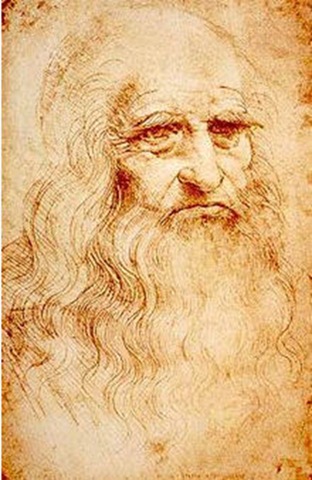Cell Division
The process by which a cell divides to form two daughter cells. Upon completion of the process, each daughter cell contains the same genetic material as the original cell and roughly half of its cytoplasm.

Chromatid
One of two identical chromosomal strands into which a chromosome splits longitudinally preparatory to cell division.
Centromere
A specialized structure on the chromosome, appearing during cell division as the constricted central region where the two chromatids are held together and form an X shape.

Interphase
The period of the cell cycle during which the nucleus is not undergoing division, typically occurring between mitotic or meiotic divisions.
Cell Cycle
The cycle of growth and asexual reproduction of a cell, consisting of interphase followed in actively dividing cells by prophase, metaphase, anaphase, and telophase.

Mitosis
The usual method of cell division, characterized typically by the resolving of the chromatin of the nucleus into a threadlike form, which condenses into chromosomes, each of which separates longitudinally into two parts, one part of each chromosome being retained in each of two new cells resulting from the original cell.

Prophase
The first stage of mitosis or meiosis in eukaryotic cell division, during which the nuclear envelope breaks down and strands of chromatin form into chromosomes.
Centriole
A small, cylindrical cell organelle, seen near the nucleus in the cytoplasm of most eukaryotic cells, that divides in perpendicular fashion during mitosis, the new pair of centrioles moving ahead of the spindle to opposite poles of the cell as the cell divides: identical in internal structure to a basal body.

Spindle
Spindle-shaped structure, composed of microtubules, that forms near the cell nucleus during mitosis or meiosis and, as it divides, draws the chromosomes to opposite poles of the cell.

Metaphase
Stage in mitosis or meiosis in which the duplicated chromosomes line up along the equatorial plate of the spindle.

Anaphase
The stage in mitosis or meiosis following metaphase in which the daughter chromosomes move away from each other to opposite ends of the cell.
Telophase
The final stage of meiosis or mitosis, in which the separated chromosomes reach the opposite poles of the dividing cell and the nuclei of the daughter cells form around the two sets of chromosomes.
Cytokinesis
The division of the cell cytoplasm that usually follows mitotic or meiotic division of the nucleus.

Cyclin
A class of proteins that fluctuate in concentration at specific points during the cell cycle and that regulate the cycle by binding to a kinase.

Cancer
A malignant and invasive growth or tumor, esp. one originating in epithelium, tending to recur after excision and to metastasize to other sites.


 Crossing-Over: Process in which homologous chromosomes exchange portions of their chromatids during meiosis. http://www.uic.edu/classes/bios/bios100/lecturesf04am/lect16.htm
Crossing-Over: Process in which homologous chromosomes exchange portions of their chromatids during meiosis. http://www.uic.edu/classes/bios/bios100/lecturesf04am/lect16.htm




 Genotype: Genetic makeup of an organism. http://www.brooklyn.cuny.edu/bc/ahp/BioInfo/SD.Geno.HP.\
Genotype: Genetic makeup of an organism. http://www.brooklyn.cuny.edu/bc/ahp/BioInfo/SD.Geno.HP.\  Heterozygous: Term used to refer to an organism that has two different alleles for the same trait.http://uk.geocities.com/colin.w.jones@btinternet.com/Heterozygous.htm
Heterozygous: Term used to refer to an organism that has two different alleles for the same trait.http://uk.geocities.com/colin.w.jones@btinternet.com/Heterozygous.htm




 Segregation: Separation of alleles during gamete formation.
Segregation: Separation of alleles during gamete formation.


 Homozygous:Term used to refer to an organism that has two identical alleles for a particular trait.
Homozygous:Term used to refer to an organism that has two identical alleles for a particular trait. 












